Stories
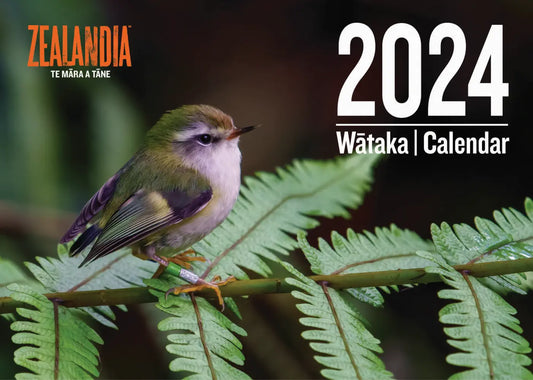
Our annual labour of love for 2024
My favourite project for Zealandia EcoSanctuary is creating the annual fund-raising calendar. And it takes around 18 months to create if you account for the effort required to obtain a...
Our annual labour of love for 2024
My favourite project for Zealandia EcoSanctuary is creating the annual fund-raising calendar. And it takes around 18 months to create if you account for the effort required to obtain a...
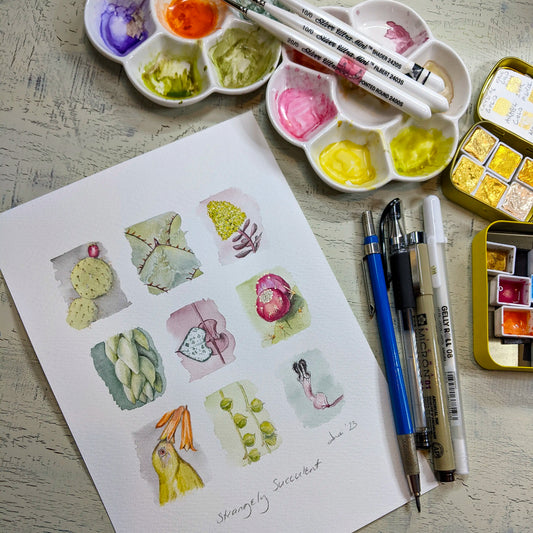
A love for the strange and peculiar 🌵
Come with me behind the scenes of my latest watercolour doodle "Strangely Succulent" and take a trip down memory lane to find out why I was so taken by these treasures!
A love for the strange and peculiar 🌵
Come with me behind the scenes of my latest watercolour doodle "Strangely Succulent" and take a trip down memory lane to find out why I was so taken by these treasures!
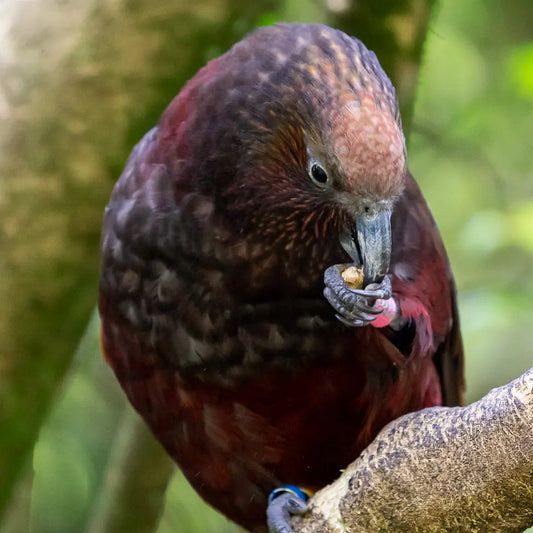
The peculiar case of the Pink Lady [updated]
A second kākā kura (red kākā) has appeared at Zealandia - but she's no stranger. Where did the Pink Lady come from?
The peculiar case of the Pink Lady [updated]
A second kākā kura (red kākā) has appeared at Zealandia - but she's no stranger. Where did the Pink Lady come from?
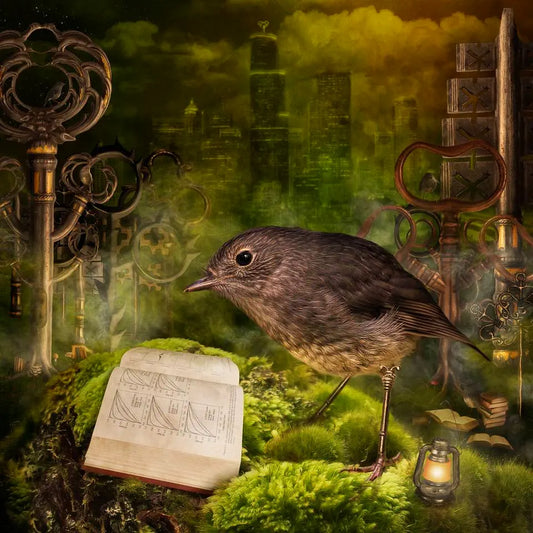
Photoartistry resources - my top picks [updated...
Aside from a good dose of curiousity and willingness to explore and try things out, I can recommend the following courses, software, and hardware to anyone keen on getting into...
Photoartistry resources - my top picks [updated...
Aside from a good dose of curiousity and willingness to explore and try things out, I can recommend the following courses, software, and hardware to anyone keen on getting into...
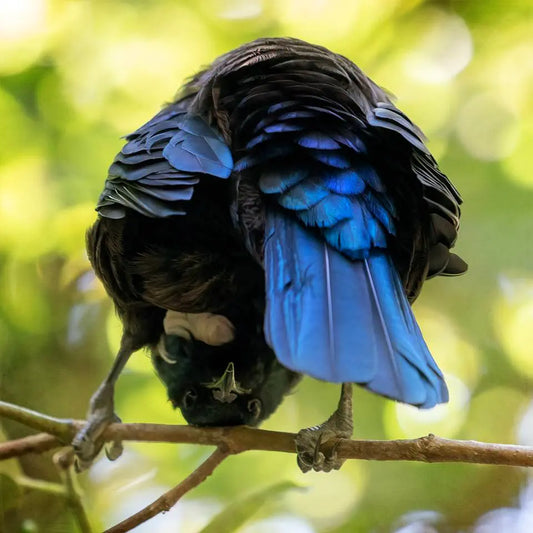
Wildlife photography outtakes
Birds are weird. And they don't always pose nicely! When seeking that perfectly posed wildlife photo, I do end up with a lot of outtakes, some of which are hilarious....
Wildlife photography outtakes
Birds are weird. And they don't always pose nicely! When seeking that perfectly posed wildlife photo, I do end up with a lot of outtakes, some of which are hilarious....
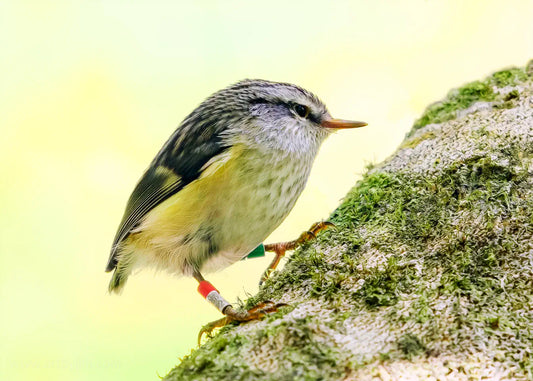
Titipounamu - deadly cute
Conservationists were shocked to find this impossibly cute and tiny bird was capable of murder.
Titipounamu - deadly cute
Conservationists were shocked to find this impossibly cute and tiny bird was capable of murder.
Did you enjoy these stories?
Would you like to join my VIP list and be the first to see new art, photo essays and get special offers?
